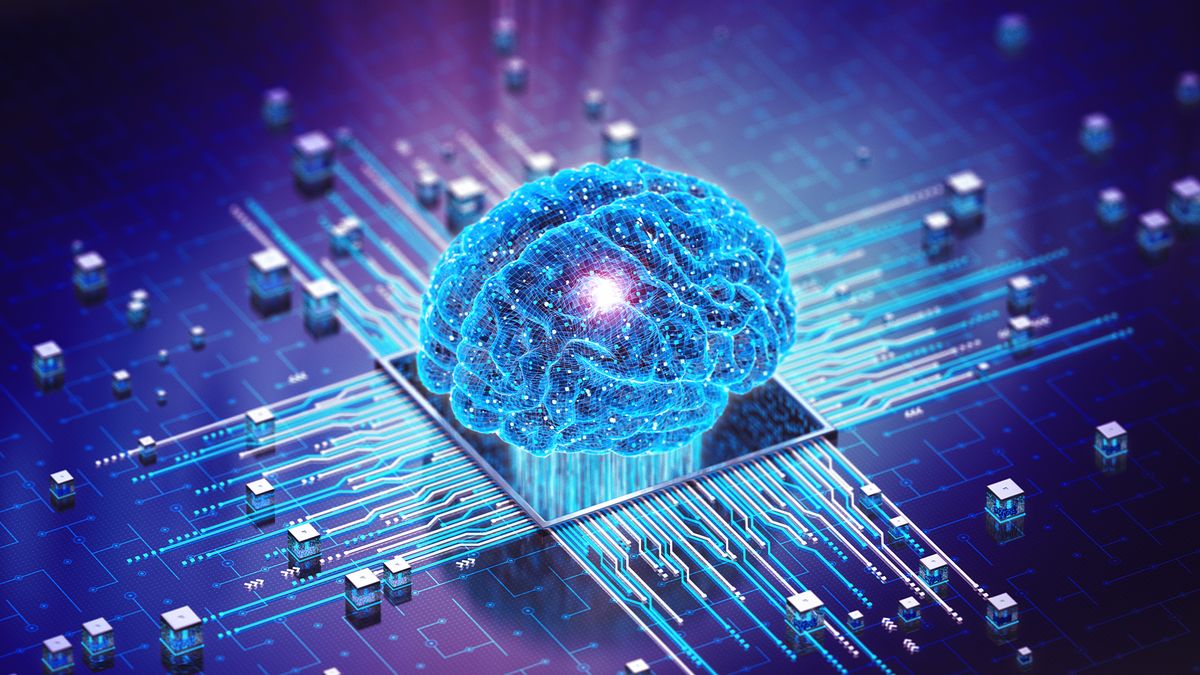The realm of computational science and AI is a fascinating confluence of disciplines that is reshaping our world in ways we are just beginning to understand. This symphony, rich in complexity and riddled with potential, is crafting the blueprint of the future, one where boundaries of what’s possible are frequently being redefined.
Computational science, with its foundation in mathematical models, algorithms, and simulations, serves as the orchestra, setting the stage for solving some of the most complex problems out there.
It’s a discipline that transforms theoretical data into actionable insight, allowing us to predict weather patterns, develop groundbreaking medicines, and even explore the far reaches of the universe.

AI, the conductor of this orchestra, bringing to life the static compositions of computational science through machine learning, natural language processing, and even robotics. AI infuses these models with the ability to learn, adapt, and make decisions, accelerating our journey towards innovation.
Understanding Computational Science
At its core, computational science is about solving complex problems. It is a discipline that uses algorithms, mathematical models, and computer simulations to explore the questions that challenge us the most, from the mysteries of the universe to the complex workings of biological systems.
Computational science is the canvas, and data, with its myriad forms and infinite potential, is the palette. Computational science integrates elements of domain-specific knowledge to:
- Predict weather patterns and climate change impacts.
- Model biological processes for drug discovery and disease understanding.
- Simulate physical phenomena for engineering and design purposes.
The Rise of Artificial Intelligence
Artificial intelligence, or AI, is the breath of life that animates the static data and rigid algorithms of computer science, transforming them into dynamic, learning entities capable of reasoning, understanding, and even creativity.
AI encompasses various subfields, including:
- Machine Learning (ML): Enables systems to learn from data patterns and improve from experience without being explicitly programmed.
- Natural Language Processing (NLP): Allows machines to understand and interpret human language.
- Robotics: Focuses on designing and programming robots to perform tasks autonomously.
- Computer Vision: Enables machines to interpret and make decisions based on visual data.
At its essence, AI is about creating machines that can learn from experience, adjust to new inputs, and perform human-like tasks with impressive efficiency and accuracy.

The Impact of their Synergy
The intersection of AI and computational science represents a dynamic frontier in technological advancement, where the power of AI’s learning and decision-making capabilities enhances both the precision and efficiency of computational models. This integration is not merely a convergence of tools but a fusion of valuable insights that propels innovation across a wide variety of fields.
Enhanced Predictive Analytics
By integrating AI with computational science, researchers and scientists achieve unprecedented levels of predictive analytics. AI algorithms, especially those based on machine learning, can sift through massive datasets generated by computational simulations, identifying patterns and insights that humans may overlook.
This has potentially serious implications for fields like meteorology, where more accurate weather predictions can save lives and property, and finance, where it can lead to stronger economic models.
Breakthroughs in Healthcare
The intersection has provoked significant breakthroughs in healthcare. AI-driven computational models are often being used to simulate complex biological processes, leading to a deeper understanding of diseases.

This fusion enables personalized medicine, where treatments can be tailored to the individual based on their unique genetic makeup and disease manifestation.
Advancements in Materials Science
In materials science, combining AI with computational science simply accelerates the discovery of new materials. AI algorithms can even predict the properties of materials faster than traditional experiments. For example, better battery materials for electric vehicles can be identified, making them more efficient and accessible.
Environmental and Climate Science
Environmental and climate science benefit enormously from this synergy. To add, AI enhances computational models used in climate science, making them more accurate.
These improved models can better predict the impacts of climate change, helping policymakers to make informed decisions about adaptation strategies. AI can also optimize the management of natural resources, leading to more sustainable practices down the line.
Exploration and Astronomy
AI algorithms process data from telescopes and space missions, uncovering new and fascinating insights about the universe. They can detect exoplanets, analyze cosmic phenomena, and even predict solar activity.
The Pros and Cons
While the intersection of AI and computational science holds immense potential, it also presents its own set of challenges. Ethical considerations, data privacy, and the need for transparent algorithms are highly critical.
Additionally, the reliance on large datasets raises questions about data accuracy and bias, which can influence the outcomes of computational models. The synergy between AI and computational science is not just about technological innovation; it’s about harnessing these tools to create a better future for humanity.










